
Connecting Learning to Real-World Experiences: Test Real Problems with Science and Budgets
B
udgeting a meal or testing water quality pushes kids to think critically—not just recall facts. These hands-on tasks reveal how classroom lessons connect to real choices, where every decision has an outcome. Whether they’re comparing prices or analyzing ingredients, children begin to ask sharper questions and look for evidence, not guesses. A calculator, a kitchen scale, or a basic experiment becomes a tool for reasoning. Framing the task with “What does it prove?” shifts their mindset toward investigation and accountability.
One weekend, we calculated the cost of a family dinner. My son tracked unit prices, adjusted for portions, and adapted the plan when we ran short. Later, he used the same method for a budgeting activity at school. On another day, he tested tap versus bottled water, charting mineral content and drawing comparisons. These moments showed him that good decisions come from clear thinking—and led him to ask, “How do we know this works?”
Try simple weekend challenges: plan a meal with a spending cap, test a cleaning method, or compare product labels. Let your child make predictions, track results, and explain what they found. These puzzles build practical confidence, turning them into capable thinkers who can apply their learning in flexible, self-directed ways.
Connecting Learning to Real-World Experiences
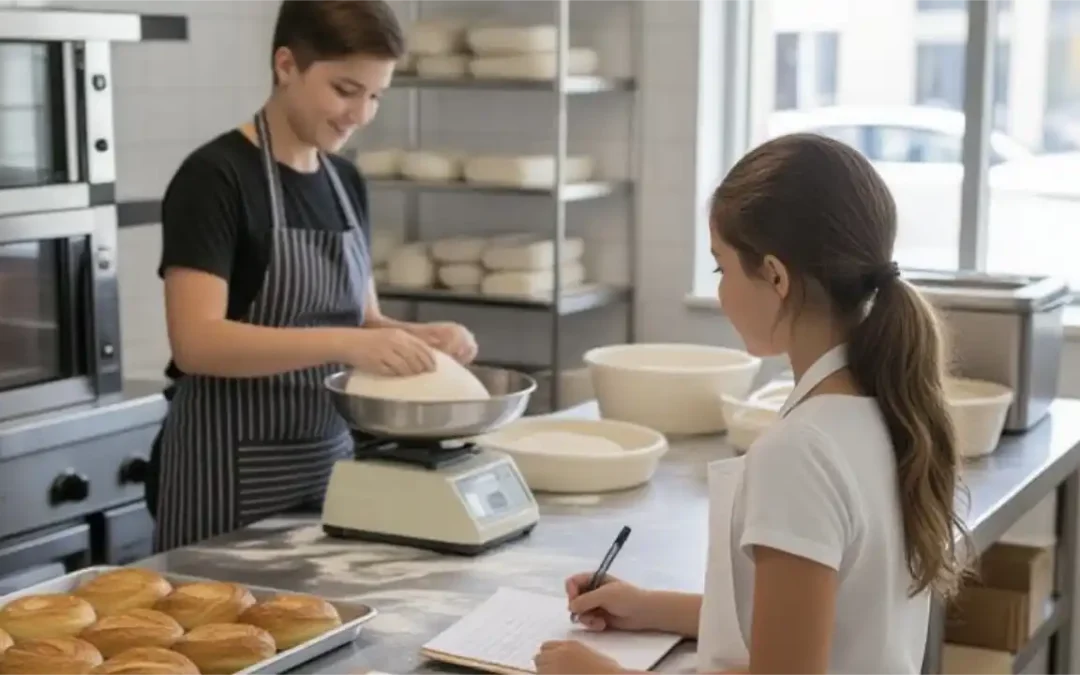
Connecting Learning to Real-World Experiences: See How School Skills Power Real Work
Show children how reading, writing, and math matter in daily life. Connect schoolwork to real-world problem-solving and purpose.

Connecting Learning to Real-World Experiences: Link School to Life with News Discussions
Discussing news helps children think critically and connect school to real life. Guide conversations with care and openness.
Table of contents

Primordial Soup for the Mind: Navigation
Navigate the book Primordial Soup for the Mind.
TIPS
- Let them solve one family issue with math or design.
- Make constraints into a creative game.
- Ask “What would make this work better?”
ACTIVITIES
- $10 Dinner: Plan a meal under a budget, with price-checking — 20 min
- Design Fix: Find a problem at home, sketch 3 possible fixes — 15 min
- Build Challenge: Use simple materials to test a height or strength goal — 20 min
EXAMPLE
My daughter planned a meal under $8. Her pride swelled more than the soup.

Download “Primordial Soup for the Mind: A Parent’s Guide to Nurturing Intellectual Growth”
Enter your information to get this article and hundreds more as part of the FREE book Primordial Soup for the Mind.
Share your thoughts with the Thought Academy community in the Comments section below.

Sharpen those skills!
Enter your information to get our FREE practice exercises so you can hone your critical thinking and reasoning skills!

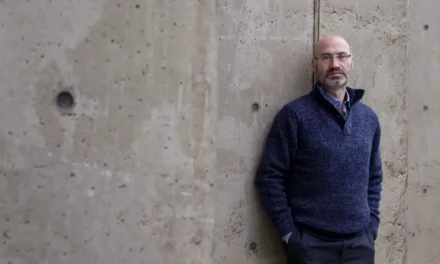

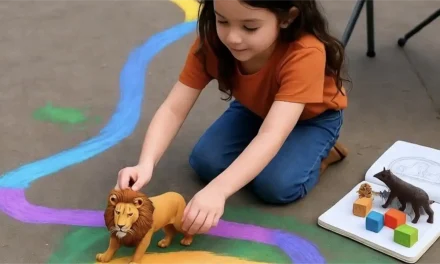
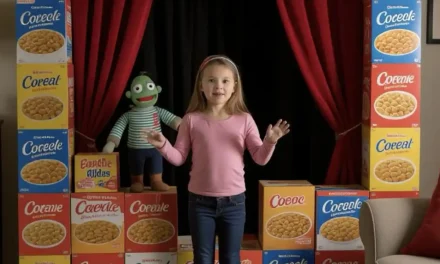
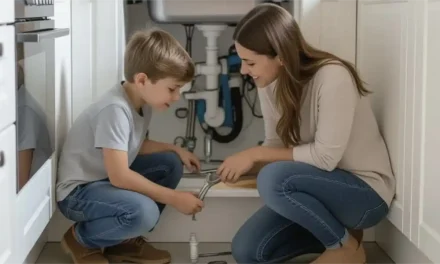

0 Comments